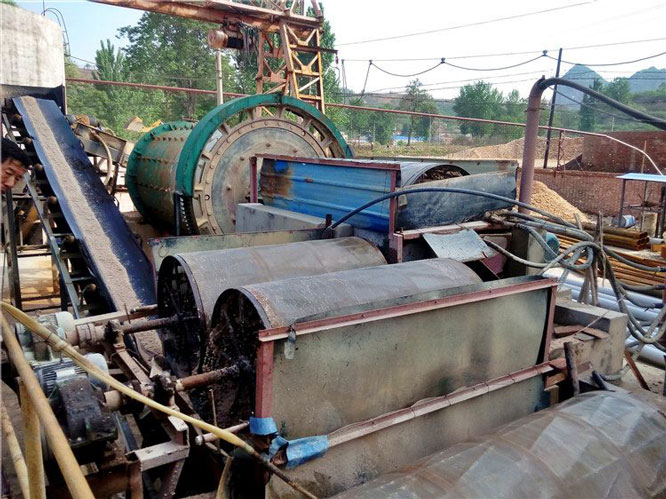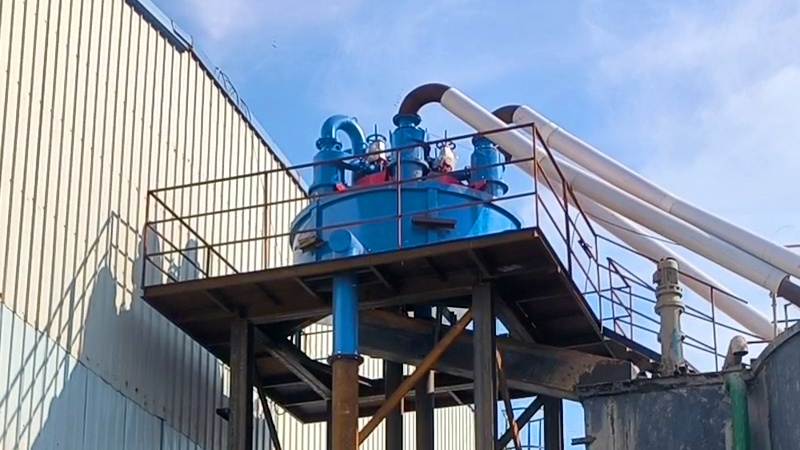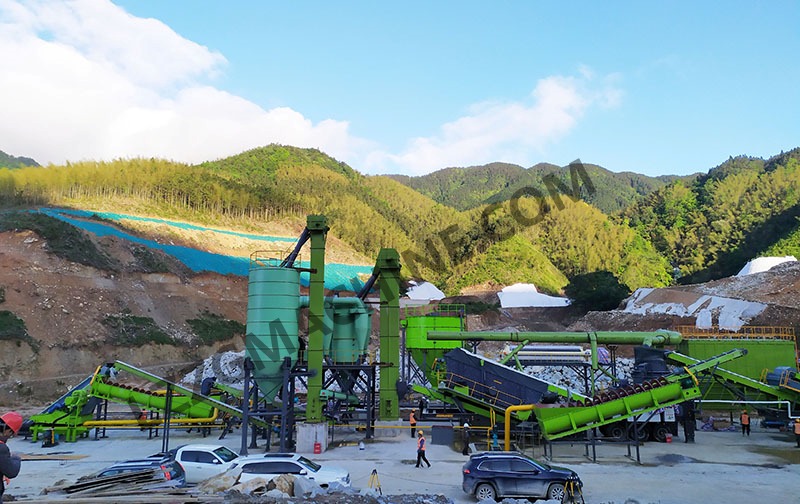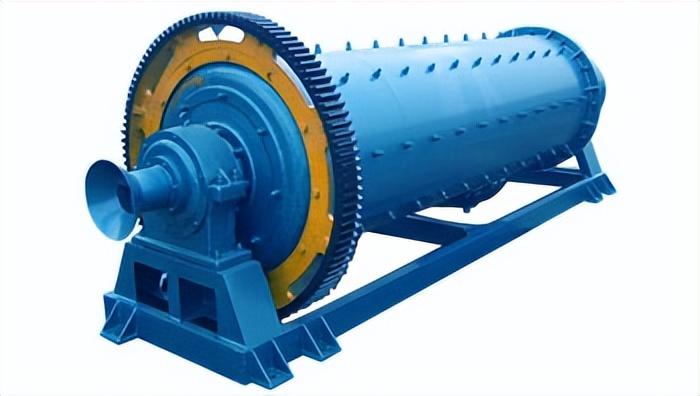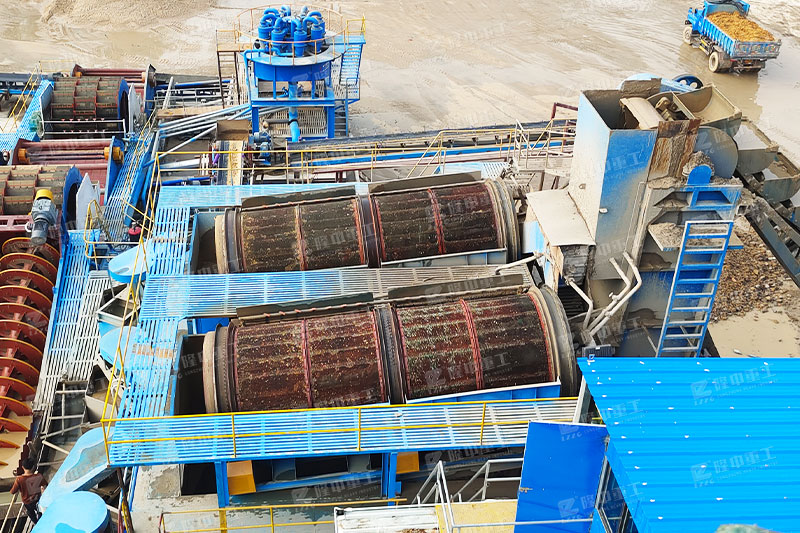Quartz sand flotation purification process
 October.11,2021
October.11,2021
Generally, common mineral impurities in quartz sand, such as silicate minerals such as feldspar and mica, can be removed by flotation process to remove most of the mineral particles other than quartz sand and enrich quartz.
The quartz sand flotation can not only remove mica and feldspar minerals, but also flotate minerals such as phosphorus and iron, and also remove secondary iron mixed in during crushing and grinding. Based on the difference in water wettability of different mineral surfaces, hydrophobic particles tend to adhere to bubbles and rise to the liquid surface, while hydrophilic particles will break off suspension or sink into water after colliding with bubbles, thus achieving The purpose of sorting minerals.
1. The main difference between feldspar and quartz sand lies in the structure and structure of feldspar. Al-oxy tetrahedron replaces silicon-oxy tetrahedron, and alkali metal ions such as K+ and Na+ are introduced as electricity price compensation. Alkali metal ions are easy to dissociate in water, making the zero electric point of feldspar lower than that of quartz sand, thus realizing flotation separation.
2. The zero electric point of iron-containing minerals in quartz sand impurities is mostly above 5, which is positively charged in an acidic environment, and it is theoretically suitable for the use of anionic collectors. E.g:
The flotation reagent for iron oxide ore is fatty acid (soap), hydrocarbyl sulfonate or sulfate;
The flotation reagent for pyrite is xanthate, and the dosage is about 200ppmw;
The flotation reagent of ilmenite generally uses sodium oleate (0.21mol/L) to adjust the pH value of the slurry to 4-10. In addition, the hydrocarbon-based phosphoric acid collectors developed in recent years have good selectivity and collection performance for ilmenite.
3. Phosphate minerals in quartz sand generally exist in the form of apatite. The surface dissolution of apatite in the flotation slurry will change the surface properties of the mineral and the chemical environment of the flotation slurry. Generally, quartz sand is easily activated by Ca2+ under alkaline conditions (pH greater than 10), so the dissolved Ca2+ in the apatite solution will adversely affect the separation of apatite and quartz sand. Since the floatability of apatite is better than that of quartz, Na2CO3 can be used as a pH adjuster to improve the floatability of apatite and increase the difference in floatability between apatite and quartz sand. Therefore, in the flotation separation of apatite and quartz sand under alkaline conditions, it is recommended to choose Na2CO3 as the pH adjuster and water glass as the inhibitor.
In addition, fatty acid soap type anionic collectors can also be used for flotation separation of apatite minerals and quartz sand, such as sodium oleate, oxidized paraffin soap, and tall oil. It should be noted that fatty acid flotation apatite will be affected by factors such as water quality and temperature. Generally, mineral oils such as heavy oil and kerosene are added to enhance the hydrophobic surface to achieve co-collection. Studies have shown that the effect of mixed collectors is better than that of single collectors, which is beneficial to increase the recovery rate of quartz sand.


